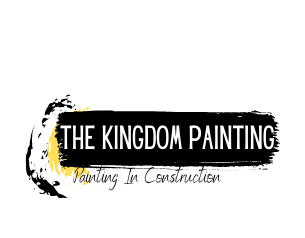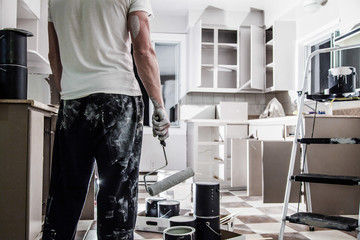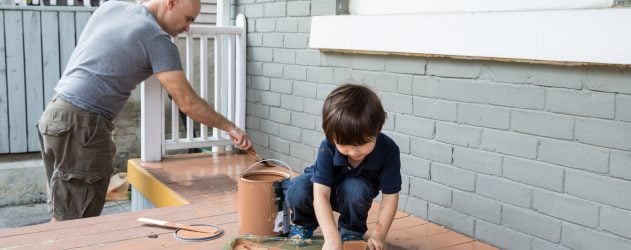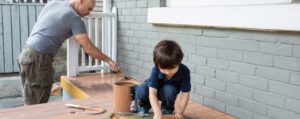If you are considering painting your cabinets, there are several different techniques that you can choose from to achieve the look that you want. Before you begin, you will need to determine what type of paint to use. This includes whether to choose water-based paint or oil-based paint. You will also need to consider how you will display your painted cabinets.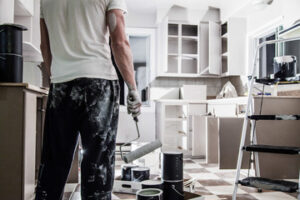
Preparation for Cabinet Painting Solana Beach is important in order to make the process go as smoothly as possible. You will need to clean and de-grease all surfaces, sand and fill any holes, and apply primer. Depending on the type of paint you use, the preparation process may take two weeks or more.
First, you need to remove all hardware from your cabinets. A cordless drill is a great tool for removing hinges. If your cabinets have adjustable shelves, you should also remove them before painting.
Next, you need to set up your paint station. You can do this on the floor or on a table. Make sure the area you are working in is completely dry and that you have a tack cloth to protect the surface you are painting. This will help ensure that your paint job is dust-free.
Using a high-density foam roller, apply an oil-based bonding primer. This type of primer will seal the surface’s defects and dry quickly. Let the first coat of primer dry for 24 hours, then apply a second coat.
Before applying your final coat of paint, use a paint sprayer. These devices are easy to use and guarantee a smooth finish. They start at around $50 on Amazon.
After painting, you will need to allow your cabinet to cure for at least a week. This should allow the paint to bond with the wood. Paint should be applied thinly to avoid drips. It is also a good idea to have a drop cloth to catch any paint that spills.
Painting your cabinets is an enjoyable project that can make your kitchen look new again. However, you should follow all of the proper steps to ensure that you get the best results. To prepare your work space, you will need to clear off the counters and floors. Additionally, you will need to remove any furniture and other fixtures. Also, you should wear safety gear and have a tack cloth to wipe down any sanding dust that accumulates.
Using a high-quality brush is a good way to ensure that you get a smooth paint job. For oil-based paints, you should use natural-bristle brushes.
If you are considering a new paint job for your kitchen cabinets, you have two options: oil-based or water-based. While both types are effective, there are some major differences.
Oil-based paints are generally more durable. They are also much thicker. This makes it easier to apply. However, they can take up to sixteen hours to dry. In addition, they can be chalky. Moreover, the solvent used to apply them is organic, meaning it has an odor.
On the other hand, water-based paints are quicker and easier to clean up. Also, they are less harmful to the environment. You can even use them near food.
Oil-based paints also have an odor. You should not touch them around children or pets. Moreover, you should apply them in a well-ventilated area. The paint will not be suitable for humid environments.
When compared to water-based paint, oil-based paint has the ability to cover wood surfaces more thoroughly. It can also provide a high-gloss finish. At the same time, however, it will not last as long as water-based paint.
There are some other advantages to using oil-based paints. One is that it produces fewer coats. Another is the fact that it is less expensive. These two reasons make it a preferred option for painting kitchen cabinets.
When choosing between oil-based and water-based paints, you should consider the type of paint solvent. Typically, mineral turpentine is used as the organic solvent in oil-based paint. But there are other petrochemicals as well. For example, acrylic is the most common interior wall paint.
Oil-based paints can be more difficult to clean up than water-based ones. For this reason, it’s best to use a cleaner specifically formulated for these types of paints. You should also use a primer to ensure that the paint will adhere evenly.
Although oil-based paints produce a better finish, they can be messy. Aside from their odor, they can stain, smear, and yellow over time. And they do not provide as many colors as their water-based counterparts.
